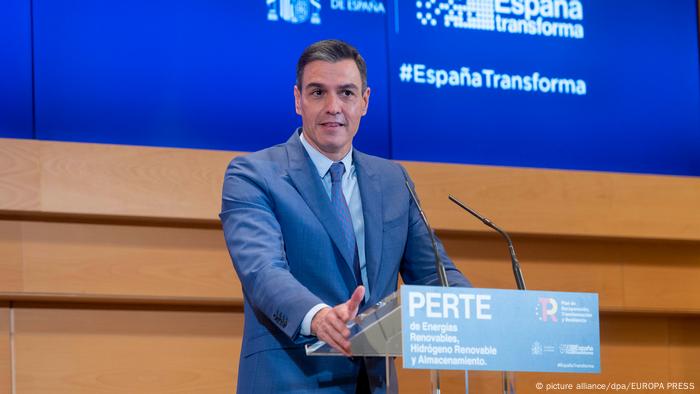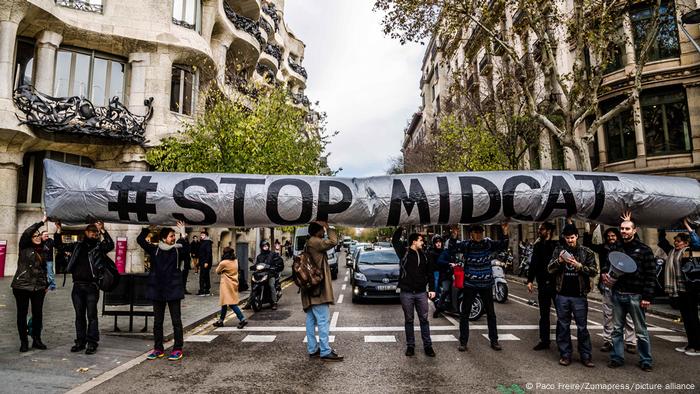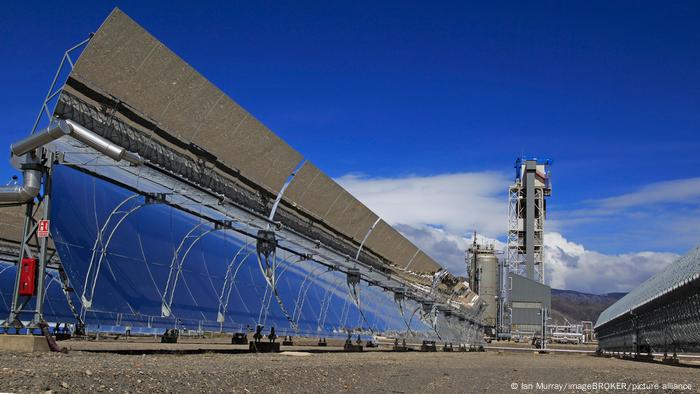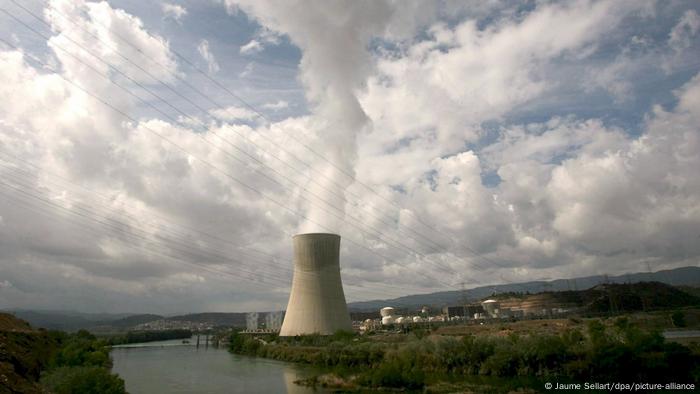Although Morocco and Spain are not exactly friends, they are economically dependent on each other. Algeria is not really one of Spain’s close trusted partners either, but that did not stop Spanish Prime Minister Pedro Sanchez from recently paying it a visit. With Vladimir Putin’s attack on Ukraine and Nord Stream 2 on ice for now, everything suddenly looks different.
Though far from the fighting, the new political situation is changing things for Spain in many ways. Its long economic ties to the Middle East and North Africa, and its many solar and wind energy parks are suddenly attracting new attention. The country also has six coveted liquefied natural gas (LNG) terminals; a seventh is under construction. At the same time, it is looking to strengthen links with Nigeria and other suppliers of raw materials.
The Iberian country already generates more than 21% of its gross energy consumption from renewable sources and therefore does not currently have supply problems. Taken all together many see this as a huge opportunity for the country to become a future European energy agent superpower.
Bringing MidCat back to life?
The fact that Spain is too dependent on tourism was driven home during pandemic lockdowns and travel restrictions. Now the country wants to use the €140 billion ($154 billion) from the European Union’s Next Generation Fund for the green conversion of its economy. This involves the production of green hydrogen.
Ursula von der Leyen, the head of the European Commission, has been to Madrid several times and agrees. She is also interested in reviving the MidCat Pipeline (Midi Catalonia) project, a gas link between Spain and France. After having built 80 kilometers (49.7 miles) of the pipeline on Spanish territory, construction work was stopped in 2019. If completed, the pipeline would have a capacity of 7.5 billion cubic meters of gas and could be the start of something bigger. By comparison, Nord Stream 1 can handle 55 billion cubic meters of gas a year.
There are currently only two comparatively small pipelines that transport gas from Navarra and the Basque Country to France. Spanish Environment Minister Teresa Ribera has recently criticized France because it does not want to take part in reviving the MidCat project.
“It’s mainly about the financing. However, the failure of Nord Stream 2 has made the topic relevant again,” said Ignacio Cembrero, an expert on North Africa.
Bringing down energy prices at home first
However, Spain’s prime minister must first bring his own country’s energy prices down in the short term. The country has been plagued by the COVID-19 pandemic, snow disasters, inflation and now extreme drought. Many households are suffering.
Value-added tax has already been reduced on electricity, but that’s not enough for the opposition in government. Confronted with galloping gas prices, Sanchez wants to make sure that green sources such as hydropower, sun and wind become more attractive again. Sanchez has now embarked on a European goodwill tour to promote his plan.
He wants a consensus in the EU. Some market observers see a window of opportunity — economically and politically — for Spain. Others consider its goal to become an energy supplier to be illusory.
“It is clear that by 2025, thanks to our numerous wind and solar parks, we will be able to achieve a megawatt price of €50 for electricity, while Germany and France will be paying between €60 and €70,” predicted Luis Merino, editor-in-chief of Energias Renovables magazine, based on data from the Spanish electricity market operator Omel. This would indeed make the country more interesting as an energy exporter.
Changing strategy needs time
Spain already does have some experience in moving energy. In January 2022, the country exported more electricity to France than it imported.
“Due to our low population density, we also have the opportunity to build more hydraulic systems and to invest in sources such as geothermal energy,” said Roberto Gomez-Calvet, an energy expert at the European University of Valencia. “But the strategy of the current government, which is fundamentally right, will take years.”
He believes leaving coal behind a few years ago was a mistake given the current situation. Spain only has five nuclear power plants in operation, and these are set to be taken off the grid in the coming years: “That’s out of the question at the moment,” said Gomez-Calvet. This is especially true if Spain wants to be a true energy exporter.
Mallorca’s green hydrogen factory experiment
The energy expert thinks the production of green hydrogen is too expensive and not efficient enough. “But there doesn’t seem to be any other option on the table at the moment to replace the missing oil and gas,” said Gomez-Calvet. That is why the first green hydrogen factory has just gone online in Mallorca. It will be a sort of guinea pig for the industry: “At the moment, it’s still a kind of laboratory,” concluded Gomez-Calvet.
In order for Sanchez’s dream of turning Spain into a major energy producer to come true, gas would have to be imported from the US on a massive scale, thinks Roberto Centeno, a former manager at the Spanish gas company Enagas. “Previously we wanted to connect to France, but to bring Russian gas to Spain, not the other way around,” he said. Besides that Algeria could never replace Russia as a supplier to Europe.
Spain currently has 35% of the EU’s liquid gas reserves. Portugal, which also has a liquid natural gas terminal, supports Sanchez’s dream and spots an opportunity for its own country to invest even more in alternative energies.
Cembrero doesn’t just see advantages in the current geopolitical situation, in fact problems are just around the corner. “The gas connection from Algeria to Morocco, which Spain used to cover part of its gas requirements, was blocked because of political disputes. By resuming energy relations with Algeria, Morocco and Spain are opening up a can of worms like possibly supporting Islamist terrorists in Africa and the status of Western Sahara,” said the North Africa expert.
At the moment, however, nobody can seem to avoid making rotten compromises when it comes to energy policy in Europe as beggars can’t be choosers.
This article was originally published in German.
Can Spain become a European energy powerhouse?
Source: Pinoy Pop News




0 Comments